Snow report
*Wheel chains required throughout the entire winter season.
Now
Today so far
Observations from BoM
Last updated
06/05/2024
Forecast

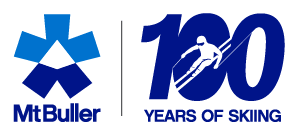
Hard to believe in just 3hrs from Melbourne there's a winter playground that feels like another world! It's possible to do it in a day - but you'll want to stay longer...

You'll want to settle in for a real winter holiday and there's a wide range of options including hotels, apartments and cosy lodges to make you feel right at home.
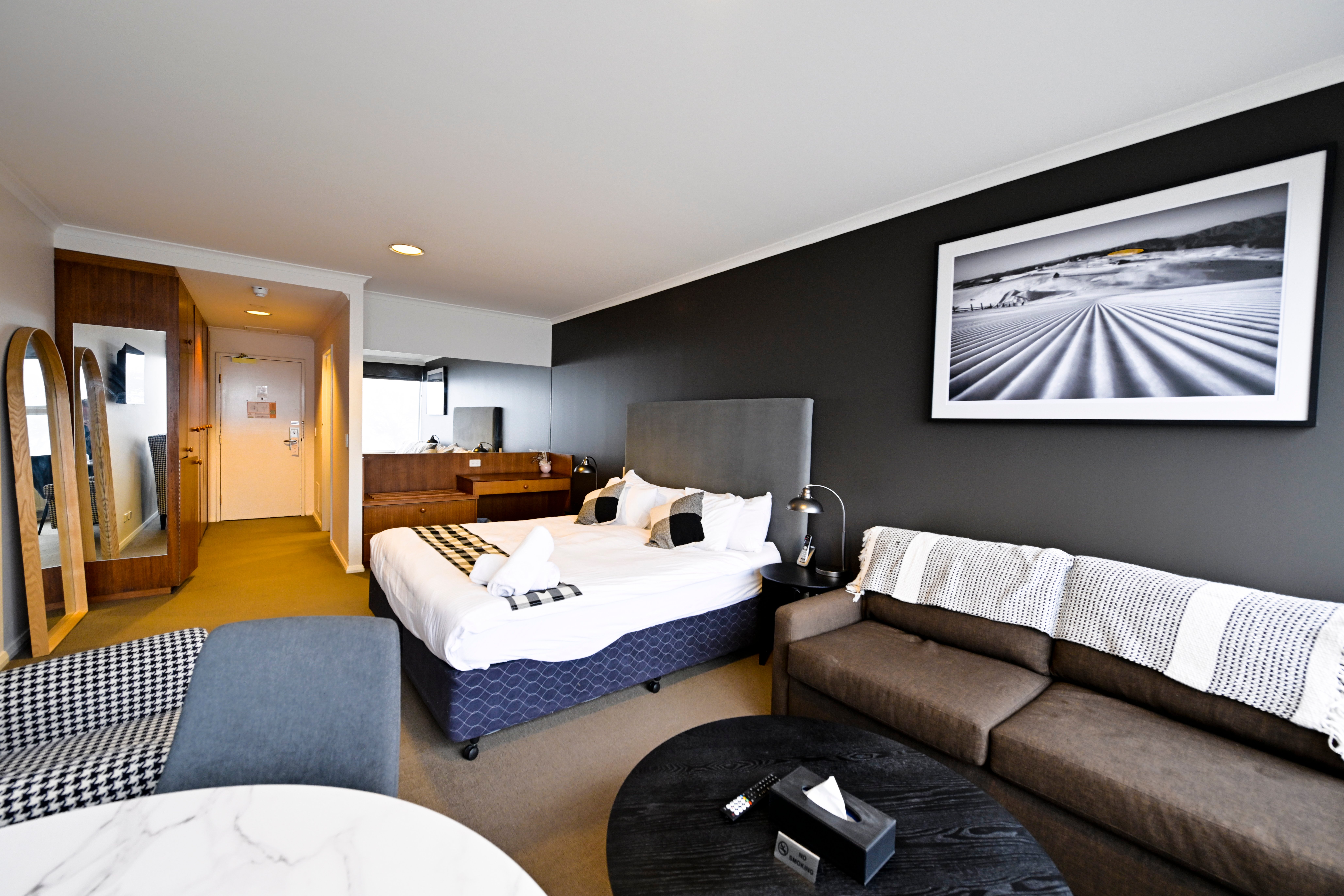
Getting to Australia's most accessible major alpine resort is easy. Plan your drive, or explore options including coaches - and we'll see you soon.
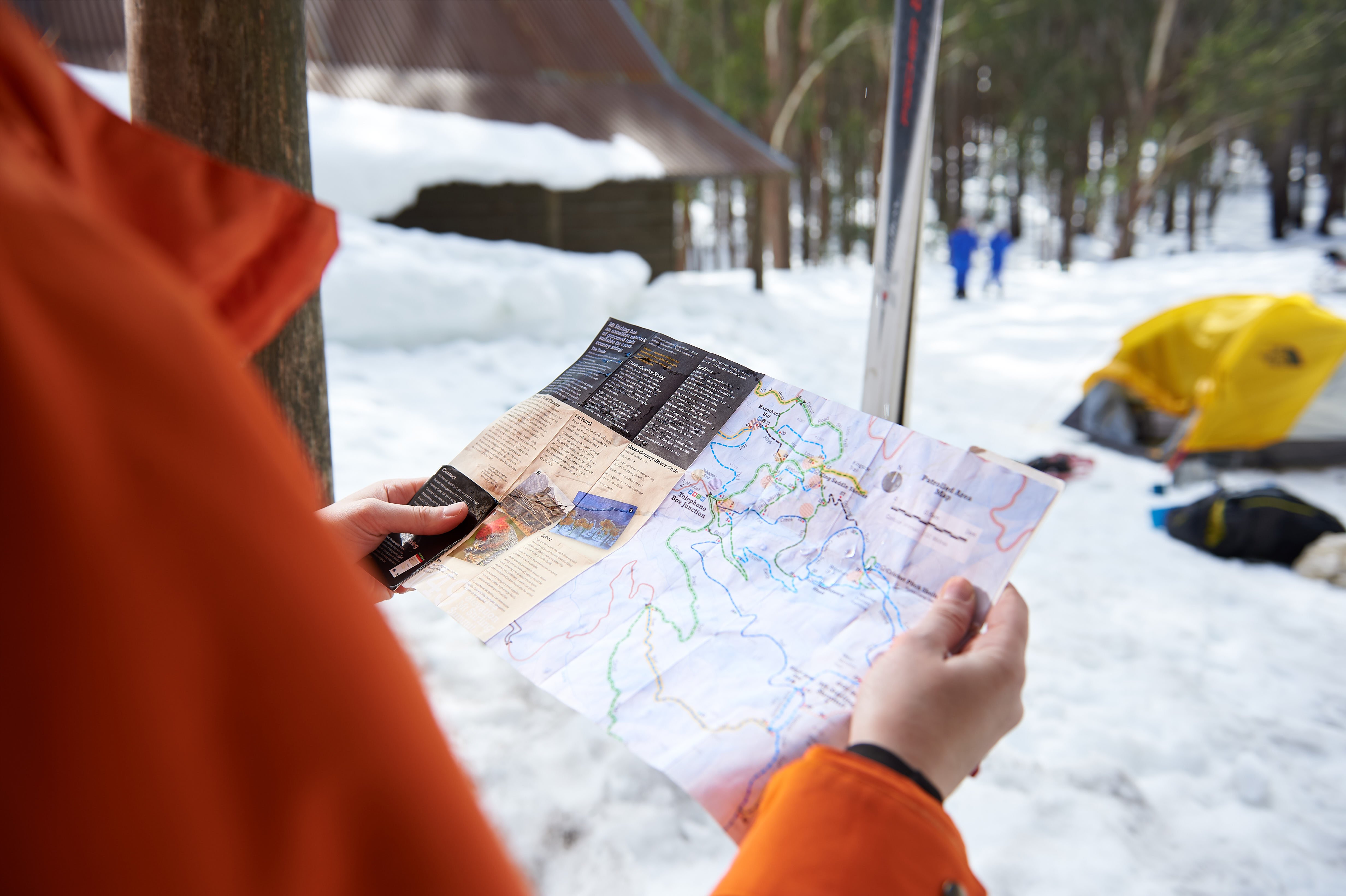
Plan resort entry, parking, transfers to your accommodation and transport around the village, inc. accessible options.

Find your way and get your bearings with our helpful maps before you visit. Almost everything in resort is a short walk, or shuttle ride, to the slopes!
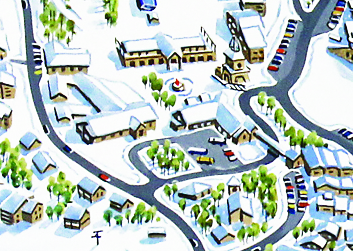
Can you believe the first skiers got sliding up here 100 years ago? We've been loving it ever since. With over 80kms of runs to explore it's time to get your slide on!
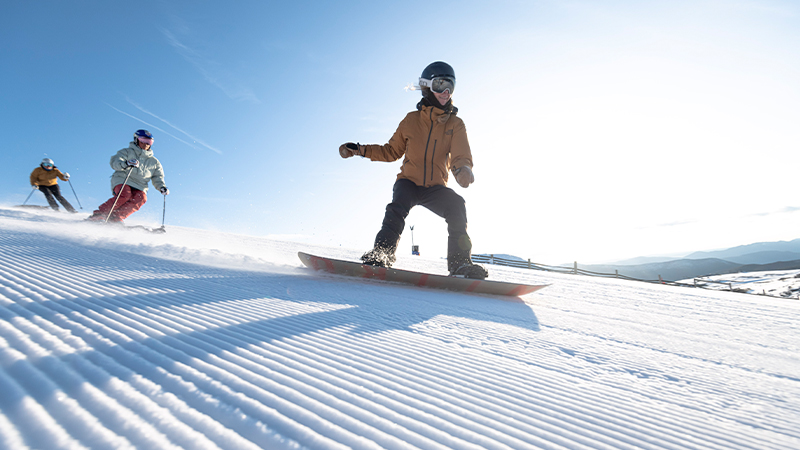
Skiing and snowboarding is just the beginning. Find a mountain of experiences to make your complete winter holiday with fun things to do, on and off the slopes.
.jpg?width=4928&height=3280&name=MBAR_250616_467%20(1).jpg)
Rent what you need. Shop for what you want. Enjoy the convenience of rental and retail services to keep you sliding and comfortable during your visit, or plan a little retail therapy.
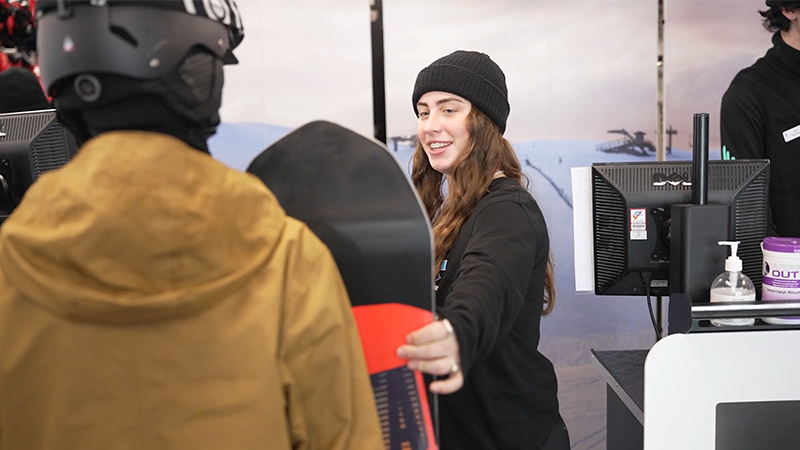
Bring your appetite and embrace the apres vibes in resort. You'll love the variety of bars, cafes and restaurants up here - who's hungry?
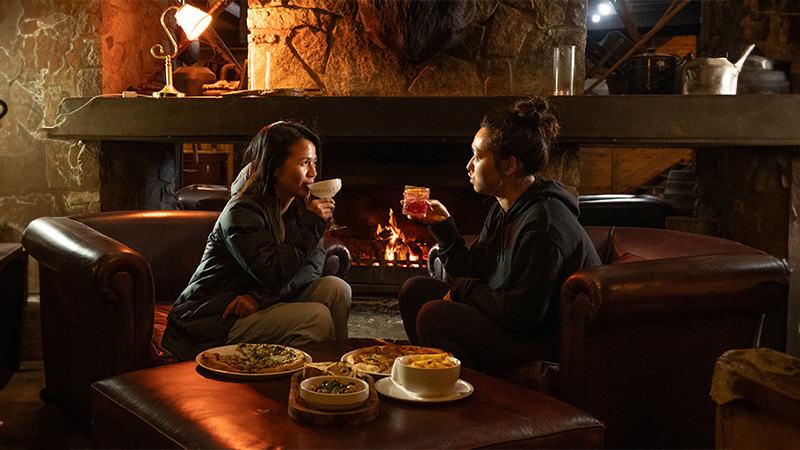
Smart skiers and boarders pre-purchase lift passes whether it's for one day, a few days or a whole season. Find the right pass for you and make the most of off-peak savings.
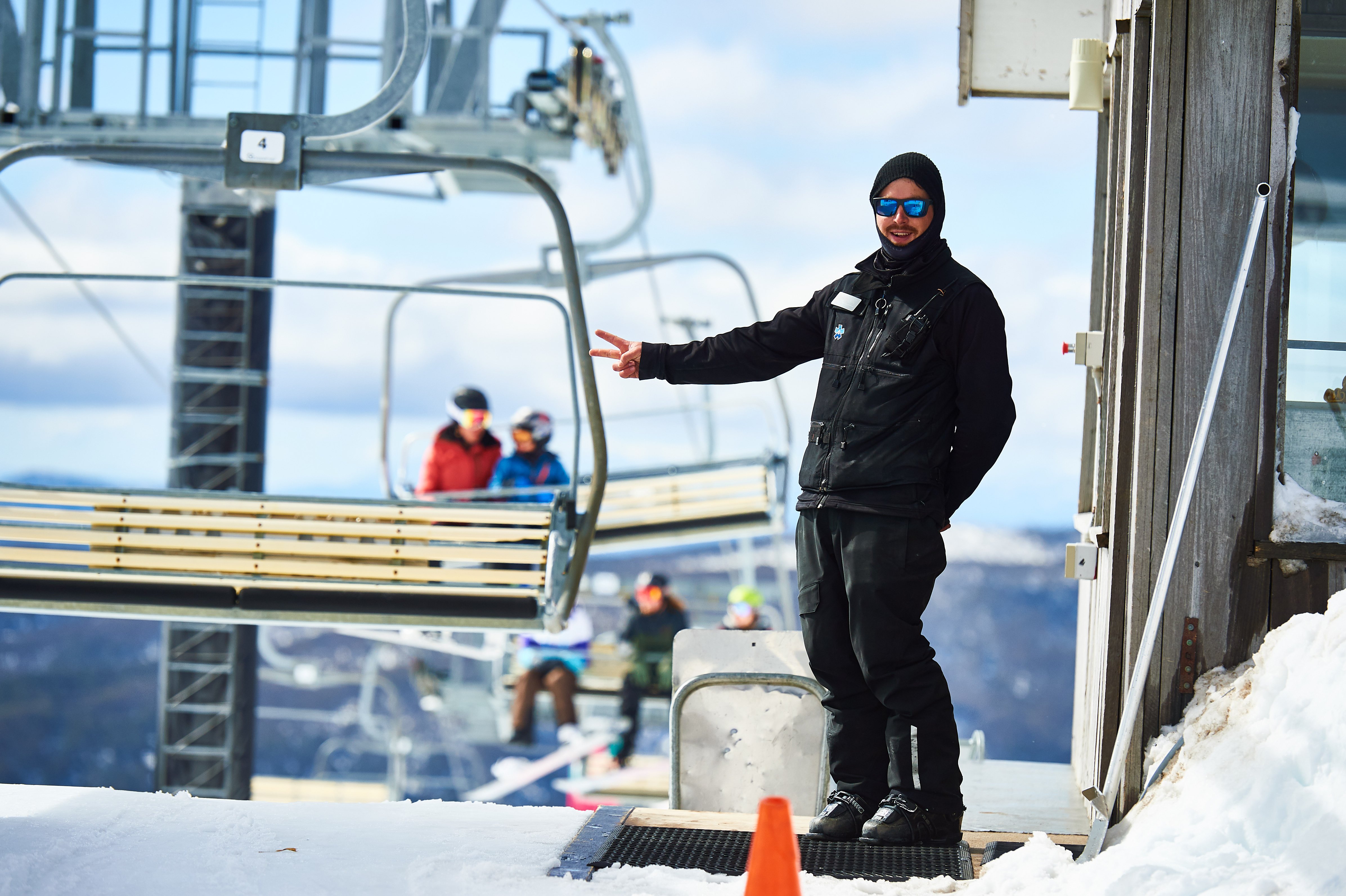
Season membership unlocks unlimited days on the slopes, discounts and perks all season long. It also opens doors to savings and free days at partner resorts.
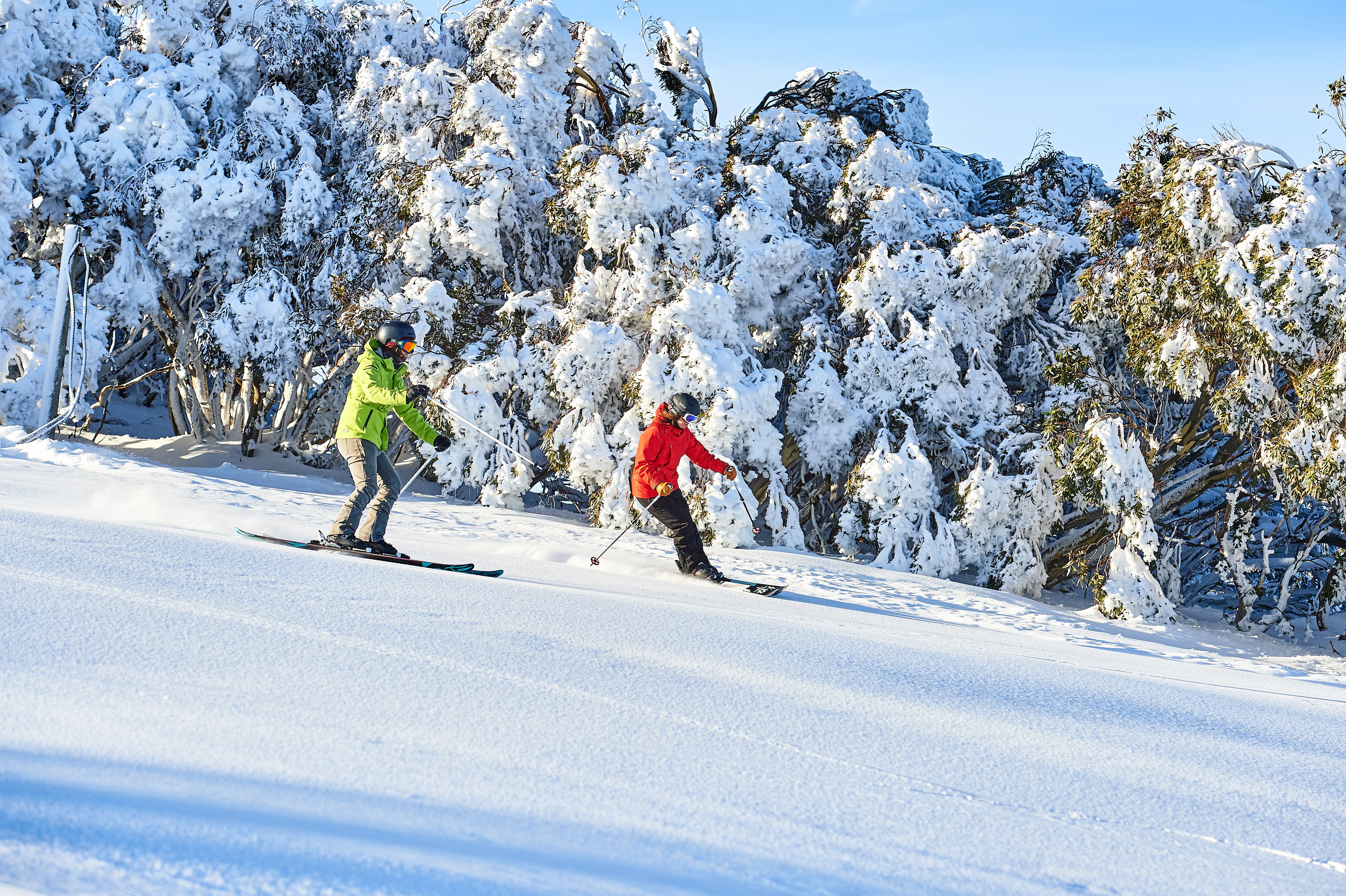
The instructors at the Ski & Snowboard School have lessons for everyone from beginners to advanced riders. Find a lesson time and style to take your riding to the next level.
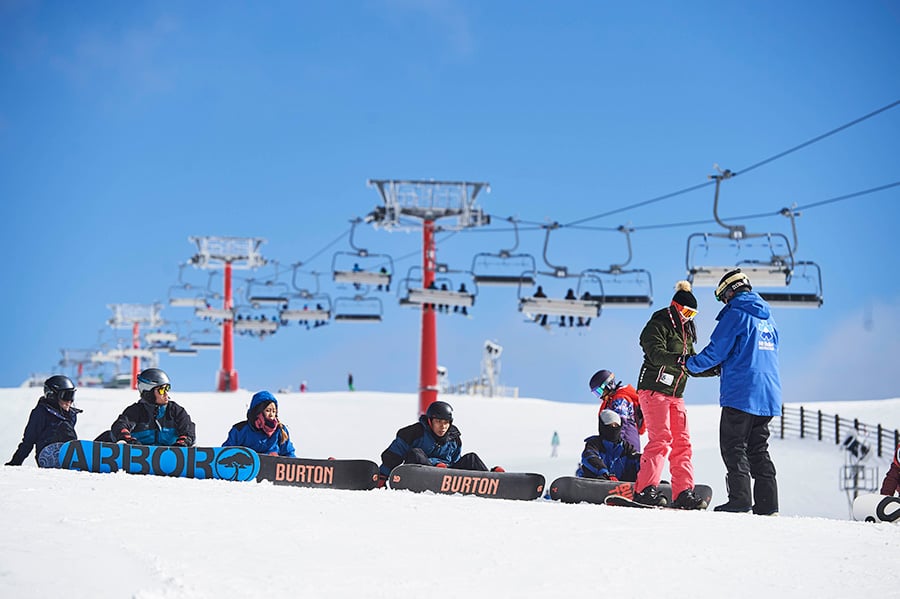
Nothing beats a one-on-one ski or snowboard lesson tailored just for you. Invest in yourself, brush up on your technique and enjoy a VIP experience.
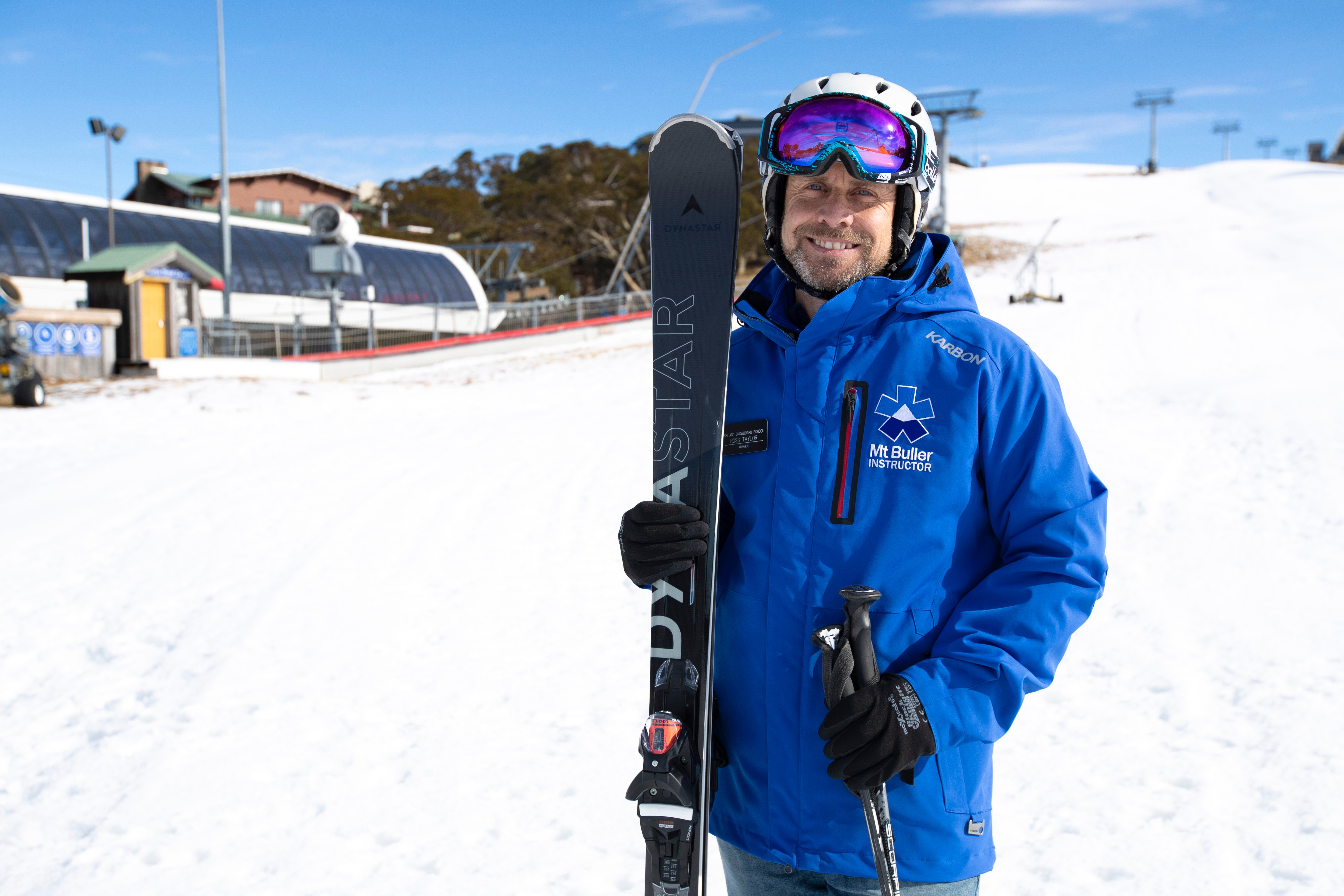
The Ski & Snowboard School can help you identify what level you are at and what your learning goals are. Start here to find the right lesson to suit you and your abilities.
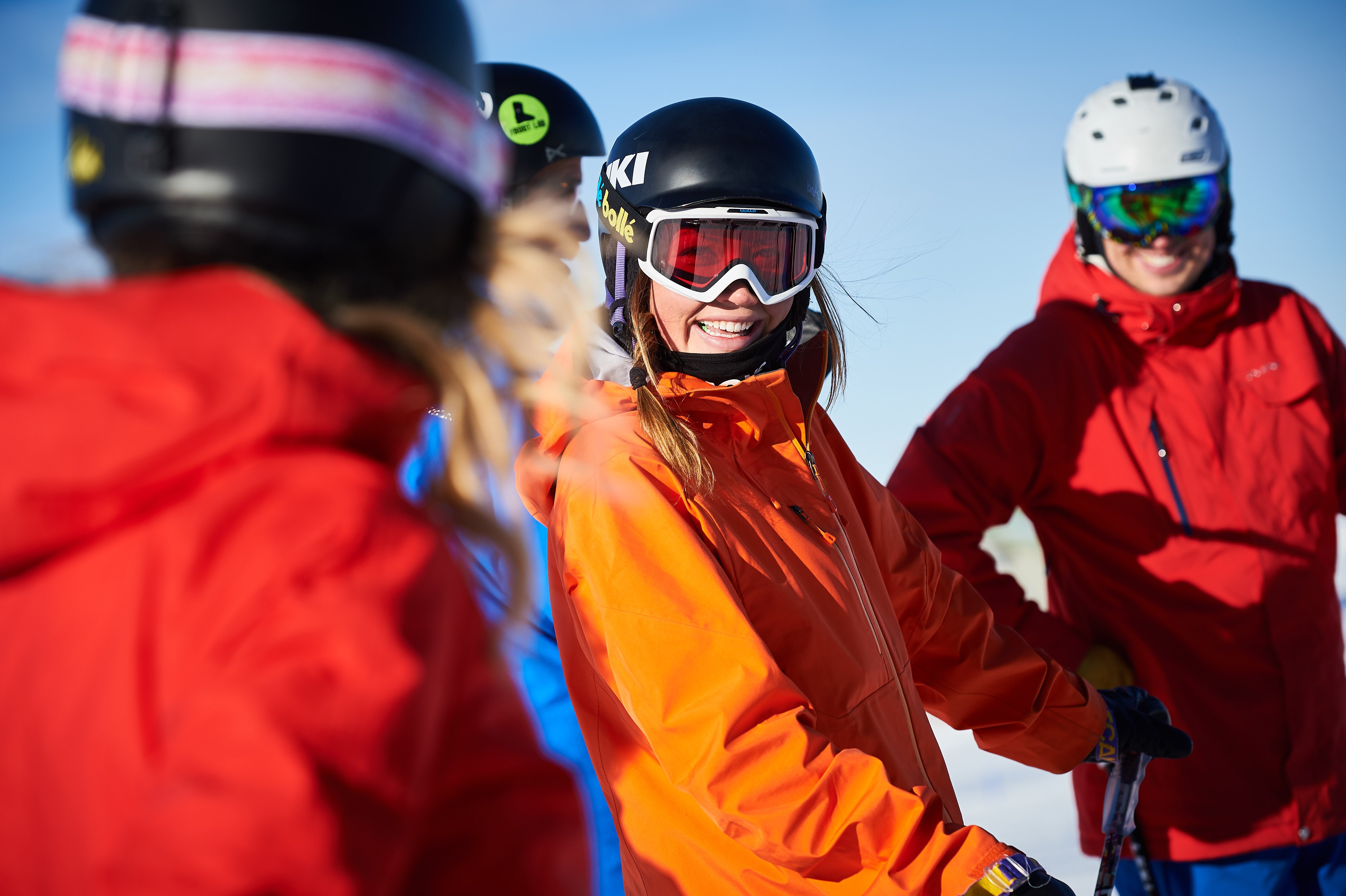


Hard to believe in just 3hrs from Melbourne there's a winter playground that feels like another world! It's possible to do it in a day - but you'll want to stay longer...

You'll want to settle in for a real winter holiday and there's a wide range of options including hotels, apartments and cosy lodges to make you feel right at home.

Getting to Australia's most accessible major alpine resort is easy. Plan your drive, or explore options including coaches - and we'll see you soon.

Plan resort entry, parking, transfers to your accommodation and transport around the village, inc. accessible options.

Find your way and get your bearings with our helpful maps before you visit. Almost everything in resort is a short walk, or shuttle ride, to the slopes!

Can you believe the first skiers got sliding up here 100 years ago? We've been loving it ever since. With over 80kms of runs to explore it's time to get your slide on!
.jpg?width=4928&height=3280&name=MBAR_250616_467%20(1).jpg)
Skiing and snowboarding is just the beginning. Find a mountain of experiences to make your complete winter holiday with fun things to do, on and off the slopes.

Rent what you need. Shop for what you want. Enjoy the convenience of rental and retail services to keep you sliding and comfortable during your visit, or plan a little retail therapy.

Bring your appetite and embrace the apres vibes in resort. You'll love the variety of bars, cafes and restaurants up here - who's hungry?

Smart skiers and boarders pre-purchase lift passes whether it's for one day, a few days or a whole season. Find the right pass for you and make the most of off-peak savings.

Season membership unlocks unlimited days on the slopes, discounts and perks all season long. It also opens doors to savings and free days at partner resorts.

The instructors at the Ski & Snowboard School have lessons for everyone from beginners to advanced riders. Find a lesson time and style to take your riding to the next level.

Nothing beats a one-on-one ski or snowboard lesson tailored just for you. Invest in yourself, brush up on your technique and enjoy a VIP experience.

The Ski & Snowboard School can help you identify what level you are at and what your learning goals are. Start here to find the right lesson to suit you and your abilities.
| Status | Lift/Type | Opening Times | Length |
|
|
m |
Last updated
Last snowfall
Wheel chains required throughout the entire winter season.
| Status | Trail | Conditions | Length | Groomed |
|
● |
Last updated 05 May 2024 11:38PM
*Wheel chains required throughout the entire winter season.
Observations from BoM
Last updated

To ensure transparency and build trust with guests, Australian Ski Areas Association members have devised key reporting definitions to enable snow reporting language to be as objective as posisble for:
This language is consistent across all resorts so conditions can be directly compared.
Conditions are rated daily and independently decided upon by the Ski Patrol who prescribe these terms to the snow reporting team, along with measured depths at three sites around the mountain.
Often there are variable conditions. For example cover may be fair in one area but very good on snowmaking areas.
In general, these terms provide a much more reliable indication of the snow conditions than measured snow depths which are taken in three undisturbed locations away from ski runs.
Excellent - Complete snow cover with no exposed hazards.
Very Good - Complete cover of snow with occasional exposed hazards that do not impede skiing. The surface is dry or softening late in the day.
Good – Almost complete cover. Some exposed hazards that rarely impede skiing. The surface may vary from dry to soft.
Fair – Cover is extensive but not complete. There may be moderately sized exposed hazards including grass/vegetation, which are easily avoidable. Cover will most likely be soft and thin in areas.
Poor – Cover is broken and skiers are very limited in choice of lines. There may be exposed grass areas if the run is open. Cover is soft and thin; snow will most likely be brown in places.
Patchy – Insufficient cover for skiing and boarding. Only suitable for snowplay if the run is accessible. May involve a short walk from car park area.
No Snow – no snow
Fresh - Fresh snow newly fallen. Ranges from very heavy and wet, to very light and dry.
Dry - Light, fluffy snow. Powder-like.
Powder - Extremely light, dry, fluffy snow, providing no support to skis and snowboards.
Soft - Yielding to pressure from skis and snowboards. Snow could be sun-affected.
Packed - Fresh, packed snow.
Firm - Hard packed snow where the skis do not dig in much but the edges hold well
Firm or hard packed - In the transition stage to icy. Sharp edges help.
Icy - Clear and very hard. (May also include granular icy cover especially when describing the manmade snow after a night with a good freeze).
Softening - Transition from firm to soft snow.
Wet - Wet snow that is often heavy and grabs at the skis making them slide more slowly.
Spring - Rough, icy, granular surface in the morning, then softens due to warm weather by mid-morning to soft and granular. (Depending on how warm, may become sticky and very soft during the afternoon, then icing up again in the late afternoon. Can be very good skiing in the late morning and early afternoon).
If, on a Declared Severe Weather Day, insufficient lifts are operating to allow a Known Guest to a maximum of five (5) rides, the Known Guest will be eligible to receive a replacement 1 Day Lift Pass valid for any day of the current or following season.